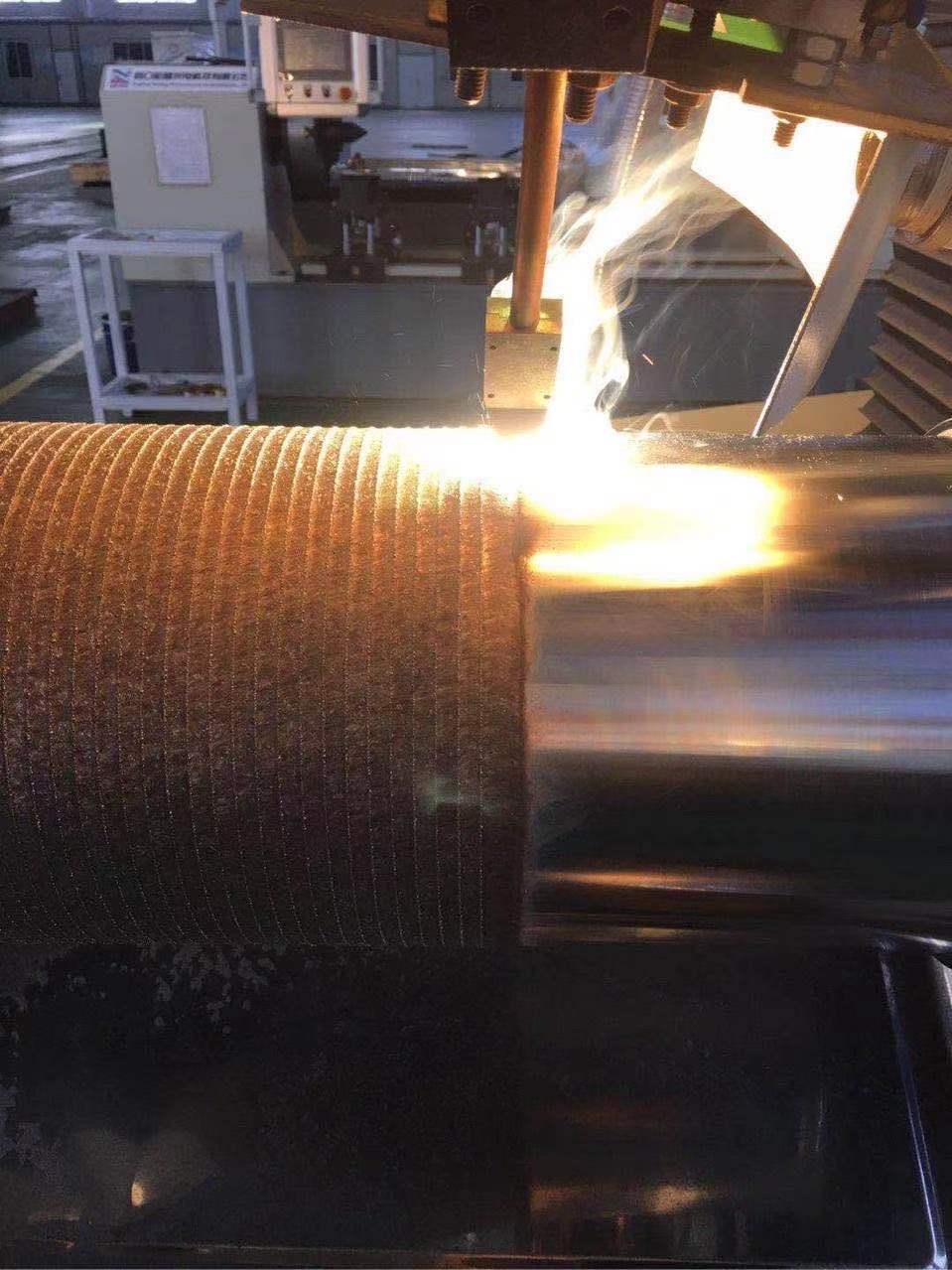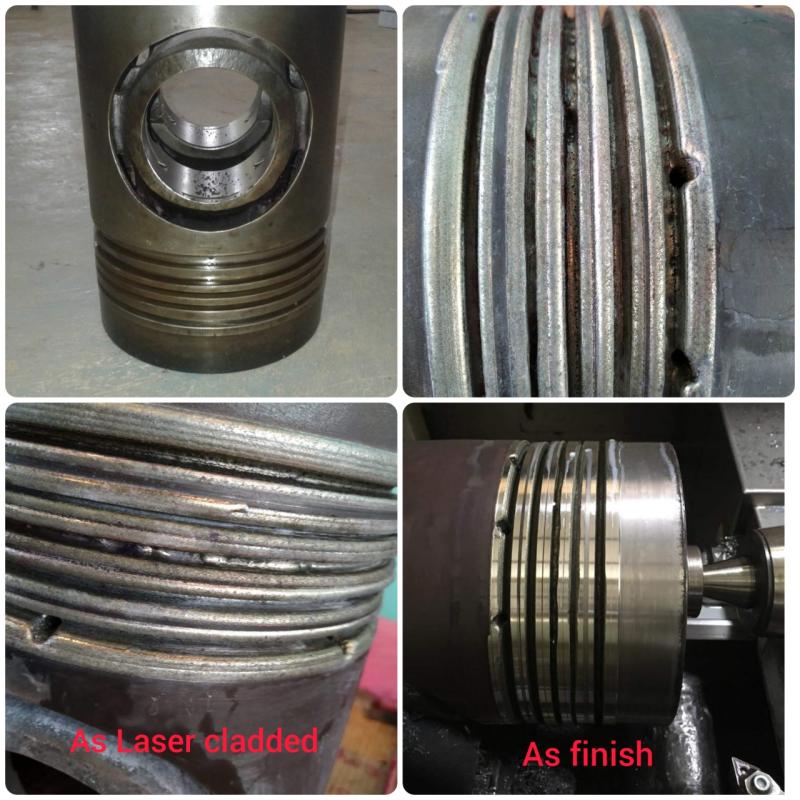Analysis of Carbon and Sulfur in Steel by Carbon and Sulfur Analyzer
Steel carbon, sulfur, iron and steel products is an important element in determining the size and quality of carbon and sulfur analyzer. Carbon with a content of more than 1.70% is called cast iron and less than 1.70% is called steel. Generally, the steel with carbon content higher than 0.60% is called high-carbon steel, the steel with carbon content between 0.25% and 0.60% is called medium carbon steel, the steel with carbon content less than 0.25% is called low-carbon steel, and the carbon content is less than 0.04%. Called industrial pure iron.
The analysis principle of carbon and sulfur element analyzer is to pass the oxygen combustion in the high temperature furnace (such as resistance furnace, also called tube furnace, electric arc furnace, high frequency induction combustion furnace, etc.) to generate and escape CO2 and SO2 gas. Using this method to achieve the separation of carbon and sulfur elements and metal elements and their compounds, and then determine the content of CO2 and SO2, and then convert the carbon and sulfur content of the sample.
The general measurement methods are the following:
Infrared spectrophotometry: The carbon and sulfur in the sample are heated at high temperatures under oxygen-rich conditions and oxidized to carbon dioxide and sulfur dioxide gas. After the gas is processed into the corresponding absorption tank, the corresponding infrared radiation is absorbed, and the signal is relayed by the detector, and the output is processed by a computer. This method has the characteristics of accurate, rapid, high sensitivity, high and low carbon and sulfur content are used, using this method of infrared carbon and sulfur analyzer , a higher degree of automation, the price is relatively high, suitable for applications with high analytical accuracy requirements.
Volumetric method: Commonly used carbon measurement methods are gas volumetric method and non-aqueous titration method. Sulfur measurement is iodometric method and acid-base titration method. In particular, the gas volumetric method to measure carbon and iodine content is the most rapid and accurate method for carbon and sulfur determination in China. The accuracy of carbon and sulfur analyzers using this method has a lower limit of carbon content of 0.050% and sulfur content. The lower limit is 0.005%, which can meet the needs of most occasions.
Gravimetric method: Alkali asbestos is used to absorb carbon dioxide, and the carbon content is determined by "incremental". Determination of sulfur commonly used wet method, the sample with acid decomposition oxidation, converted to sulfate, and then in the hydrochloric acid medium was added cesium chloride, barium sulfate generated by precipitation, filtration, washing, burning, weighing the final calculation of sulfur The content. The disadvantage of the gravimetric method is that the analysis speed is slow, so it is not possible to use the carbon and sulfur analysis at the enterprise site. The advantage is that it has a high degree of accuracy. It is still recommended as a standard method at home and abroad and is applicable to standard laboratories and research institutes.
Conductivity method: Conductivity method for the determination of carbon and sulfur is characterized by accuracy, speed, and sensitivity. The disadvantages are the narrow measurement range and the high consumption of reagents. Mostly used for low carbon, low sulfur determination.
The determination of carbon and sulfur contents in metals includes the ICP method, direct reading spectroscopy, X-ray fluorescence spectroscopy, mass spectrometry, chromatography, activation analysis, and the like, each having its own advantages and application ranges.
At present, there are several types of carbon-sulfur analyzers in use in China: infrared carbon-sulfur analyzers, high-speed carbon-sulfur analyzers, and non-aqueous carbon-sulfur analyzers. Users can use their own needs and the advantages and disadvantages of various types of carbon and sulfur analyzers. select. Nanjing Kirin Scientific Instrument Group Co., Ltd. specializes in the production of "Kirin" brand carbon sulfur analyzer is a hot product for many years: Carbon and sulfur analyzers play an important role in the performance of steel analysis.
Nanjing Kirin Scientific Instrument Group Co., Ltd.
Testing Center
Nickel Based Laser Cladding Powder
Ni base alloy powder is mainly made of NiCrBSi or NiBSi. Ni-based self-fluxing powder has good wettability, corrosion resistance and high temperature self-lubricating effect, and is used in components with heat resistance, corrosion resistance and thermal fatigue resistance. In general Ni35,Ni45,Ni60 etc can be used for laser cladding, the No means hardness of powder. Inconel 625 and 718 has good corrosion property under higher temperature, also widely used for laser cladding process.
Cobalt based Laser Cladding Powder
Cobalt-based alloy powder is the cemented carbide resistant to various types of wear and corrosion as well as high temperature oxidation. That is, the so-called cobalt-chromium-tungsten (molybdenum) alloy or Stellite alloy cobalt-based alloy is mainly composed of cobalt, containing a considerable amount of nickel, chromium, tungsten and a small amount of molybdenum, niobium, tantalum, titanium, Alloying elements such as lanthanum, and occasionally a class of alloys containing iron.
Co-based self-fluxing alloys have good high temperature performance and wear resistance and corrosion resistance, and are used in petrochemical power, metallurgy and other industrial fields where they are wear-resistant, corrosion-resistant and high-temperature resistant.

Iron based Laser Cladding Powder
The work pieces required for laser cladding and manufacturing in the actual industry are mainly carbon steel and cast steel. The Fe-based alloy is close to the base material in composition and has good wettability. The advantage of Fe base powder is lower cost and good wear resistant of cladding layer. As a result, it`s the most widely used for laser cladding process. It is suitable for parts that require local wear resistance and are easily deformed.

WC blended Laser Cladding Powder
Tungsten carbide blended with Ni alloy powder is the best choice for wear resistant work piece. This unique process can bring excellent wear, corrosion and high temperature resistant. Our blend powder can achieve different portion of WC from 35% to 60% without crack under suitable cladding parameter.

Iron Alloy Powder,Nickel Alloy Powder,Cobalt Alloy Powder,Laser Cladding Powder
Luoyang Golden Egret Geotools Co., Ltd , https://www.xtcwelding.com